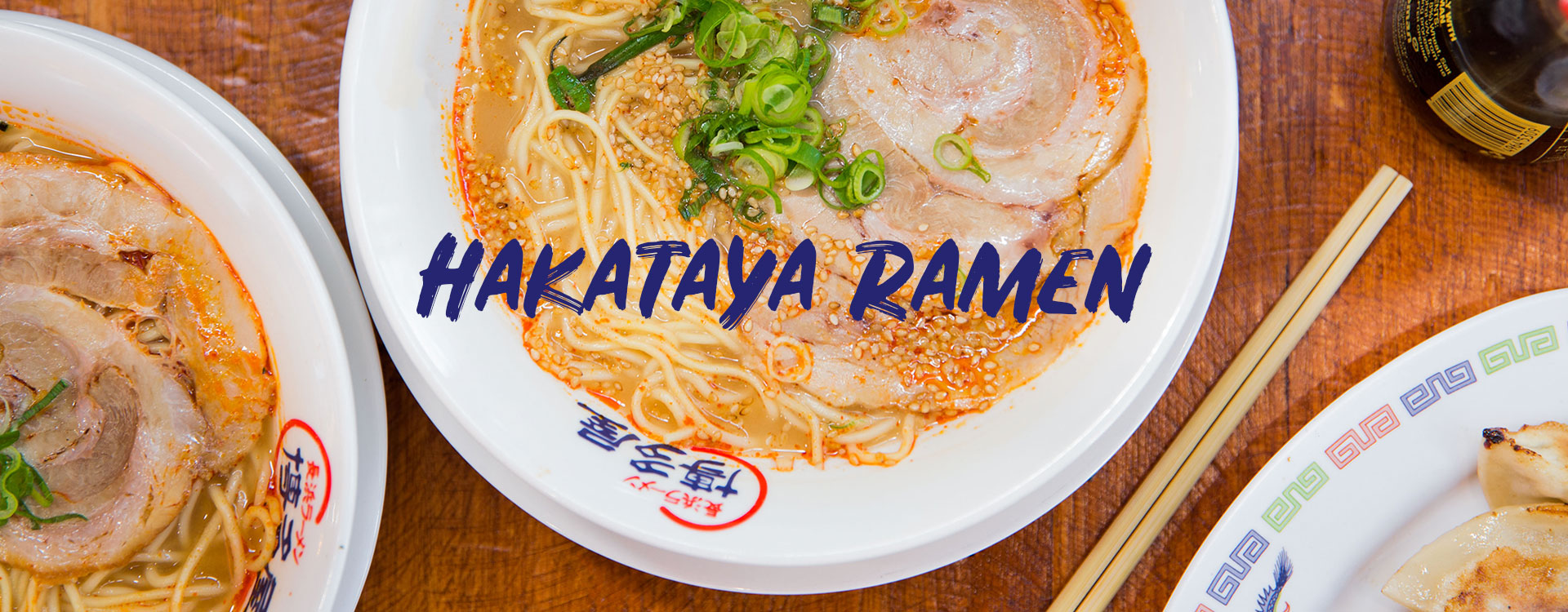
Given the current situation, store trading hours will vary. Please check with your favourite store directly to see when they are open.
Given the current situation, store trading hours will vary. Please check with your favourite store directly to see when they are open.
Step into the small buzzing venue and you’ll be transported to the laneways of Tokyo with its busy chefs stirring noodles, pots bubbling with pork broth and dozens with their heads down slurping their way through bowls of ramen. This is the place to come for authentic steaming bowls of tonkotsu ramen, a thick cream-coloured soup made from pork bones, which originally came from the Fukuoka Prefecture on the Kyushu island of Japan.
The menu is simple and short - there are only 7 dishes to choose from.
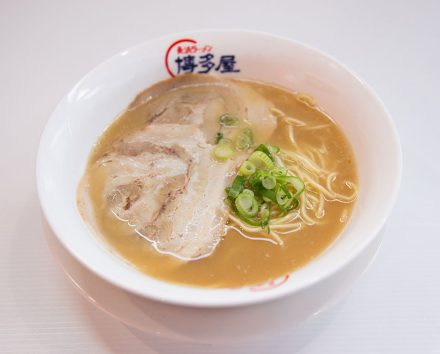
This dish is a traditional pork noodle soup. This dish has a mixture of egg and wheat noodles swimming...
This dish is a traditional pork noodle soup. This dish has a...
Find out more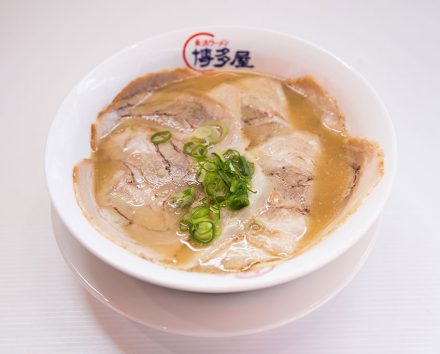
This dish is a traditional pork noodle soup. It is the same dish as the Nagahama Ramen however it...
This dish is a traditional pork noodle soup. It is the same...
Find out more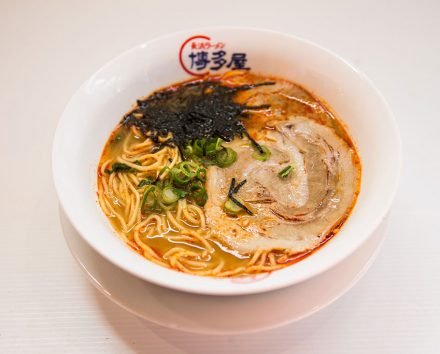
This dish is a traditional spicy pork noodle soup. It is the same dish as the Nagahama Ramen however...
This dish is a traditional spicy pork noodle soup. It is the...
Find out more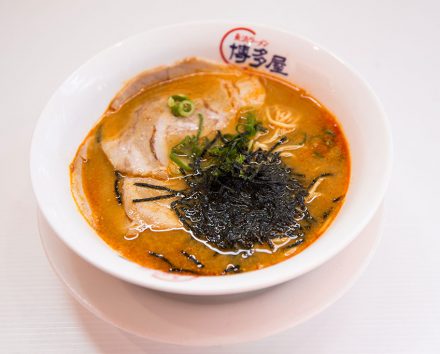
This dish is a traditional spicy pork noodle soup with the addition of miso flavour. It is the same...
This dish is a traditional spicy pork noodle soup with the addition...
Find out more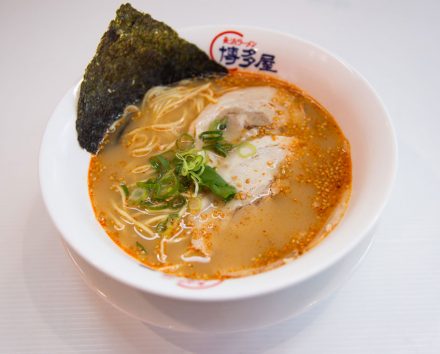
This dish is a traditional spicy pork noodle soup with the addition of seafood flavour. It is the same...
This dish is a traditional spicy pork noodle soup with the addition...
Find out more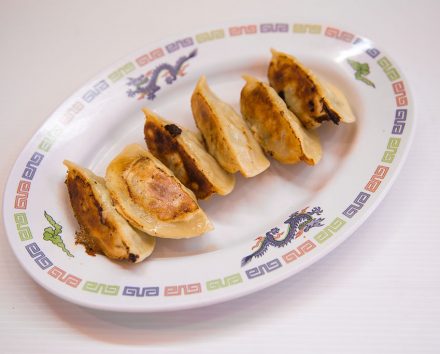
Traditional Japanese fried dumplings filled with minced pork, cabbage and spices and wrapped in a thin dough. The gyoza...
Traditional Japanese fried dumplings filled with minced pork, cabbage and spices and...
Find out more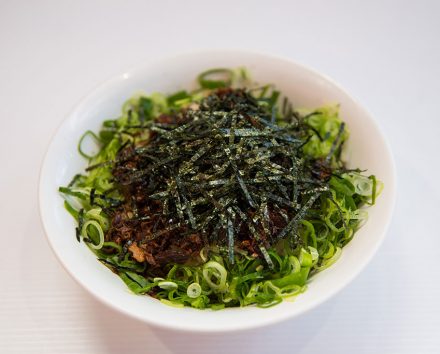
This is a signature dish of Hakataya Ramen. This dish is made from pork flavoured rice, which is cooked...
This is a signature dish of Hakataya Ramen. This dish is made...
Find out moreApart from pork gyoza, don't expect to find any other Japanese specialties - this place focuses solely on serving the perfect bowl of ramen.
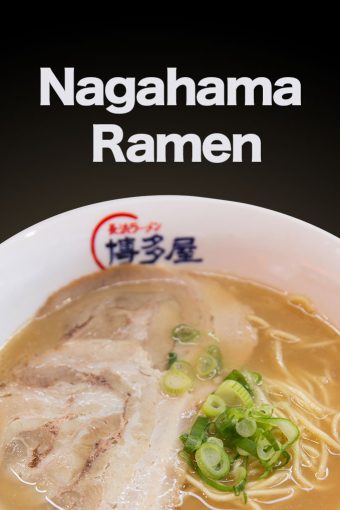
This dish is a traditional pork noodle soup. This dish has a mixture of egg and wheat noodles swimming in a deep bowl of delicious pork broth and topped with slices of melt-in-your mouth char siu pork belly.
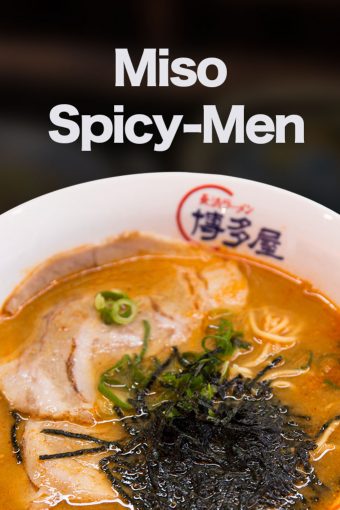
This dish is a traditional spicy pork noodle soup with the addition of miso flavour. It is the same dish as the Nagahama Ramen however the broth is made with the addition of chilli and fermented bean paste. Miso ramen is the youngest form of ramen, having gained popularity only in the mid 1960's and originating from Northern Hokkaido. This is your pick if you like your ramen with a bolder, heartier soup with a chilli kick.
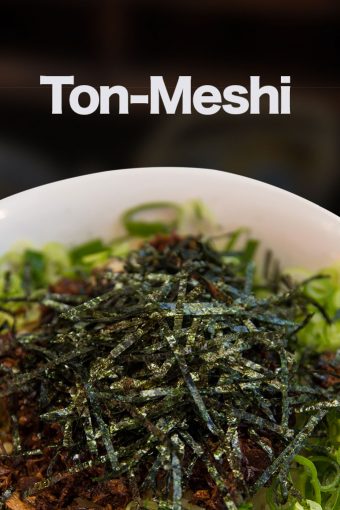
This is a signature dish of Hakataya Ramen. This dish is made from pork flavoured rice, which is cooked with a special sauce and light Tonkotsu soup and simmered for 39 hours. It is then topped with small pieces of char sui pork, spring onions and seaweed. The dish has a sweeter taste as the char sui pork is stewed with sugar..
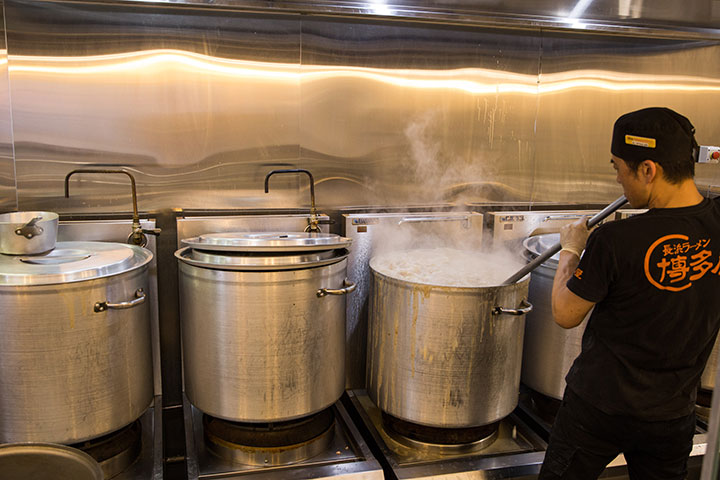
Made from scratch and stirred every hour, their pork broth is boiled for 48 hours.
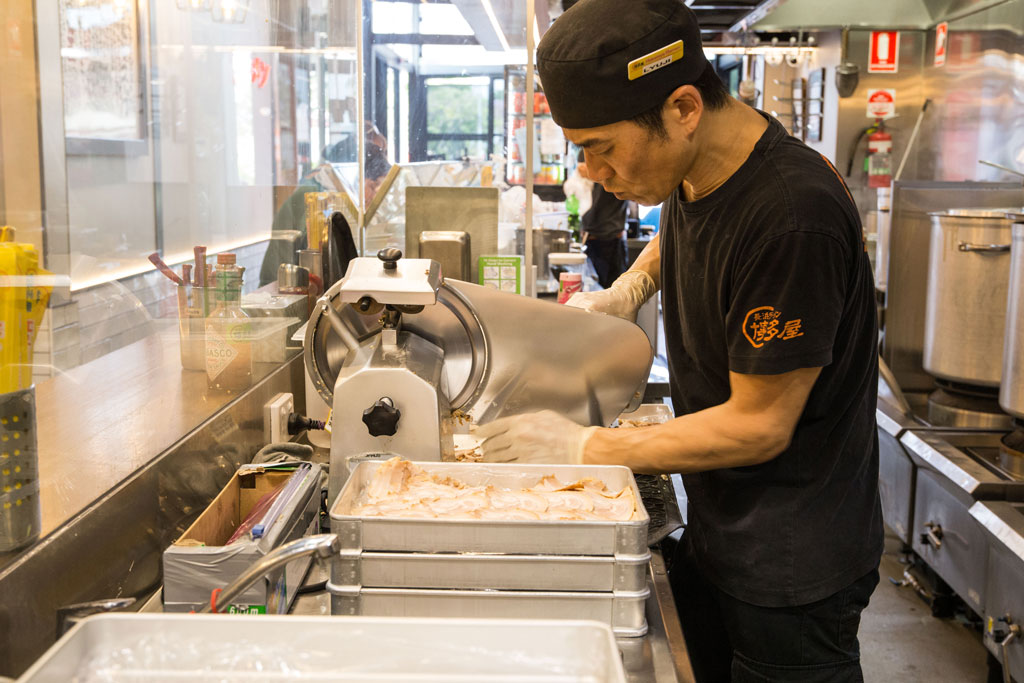
Every dish is unique with thoughtful toppings and the elusive, all important umami flavour.
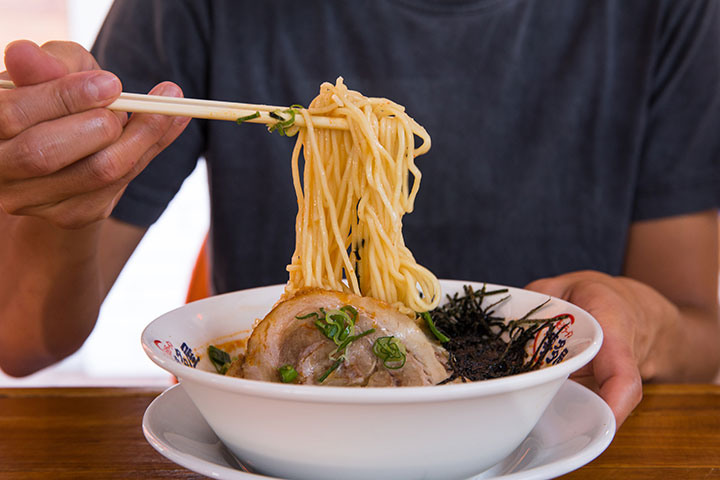
The Hakataya Ramen chef brings customers enjoying their ramen a second helping of extra noodles.
Head chef Lyuji says it is all about perfecting each element to create a mouth-watering dish: a deeply developed broth, thoughtful toppings perfectly paired noodles and the elusive, all important umami flavour.
Only a few stools stand along a counter allowing you to watch chefs prepare and stir big pots of bubbling pork broth, which is all made from scratch in-house each day from premium Australian pork backbones.
For more than 20 years, Hakataya Ramen has been serving hot bowls of nourishing ramen across Brisbane and the Gold Coast including Sunnybank, Garden City, Eight Mile Plains, Indooroopilly and Brisbane City.
And the reason behind their cult following? Chef Lyuji says their pork broth is boiled for 48 hours and stirred every hour to extract the perfect flavours.
“We have a strong focus on fresh, quality and healthy fare”, Lyuji said, “Boiling bones for 48 hours allows the minerals and collagen from the bones to get into the broth.”
To add to the complexities of the broth, ramen connoisseurs mix through sweet and sour accompaniments in their soup. These are called takana and are pickled ginger and picked mustard leaf that infuse a punchy taste into the dish.
Chefs also create the pork char siu each day, which is the marinated pork belly that is rolled into pinwheels, sliced and artfully topped on the ramen.
While most places traditionally use thin wheat-dominant noodles, Hakataya Ramen serves a thicker wheat noodle mixed with egg “hokkien-style” noodles. Restaurant-goers can choose either just the egg or wheat noodles or the mixture of both. And while you’re halfway through your ramen, chefs will bring you a second helping of extra noodles.
In Japan, no-one waits for their friend’s ramen to arrive. It’s most polite to dig in the moment your bowl hits the table – with plenty of appreciative slurping – to prevent the noodles from turning the mush.
Hakataya Ramen’s head chef at Sunnybank, Lyuji, is a master at created the perfect ramen and is passionate about exploring and experimenting with different flavours and textures.
Chef
He grew up in Japan and moved to Australia in his twenties. He was a trained hairdresser in Japan and brought his skills to Brisbane. After a short stint as a hairdresser, photographer and other professions, Lyuji decided to follow his love of cuisine from his home country and trained as a chef.
View his profile
We have a strong focus on fresh, quality and healthy fare.
The most popular cuisine of Japan
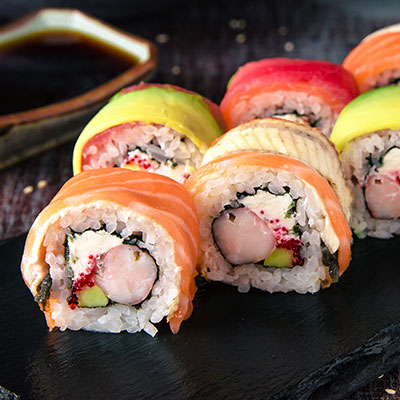
Sushi
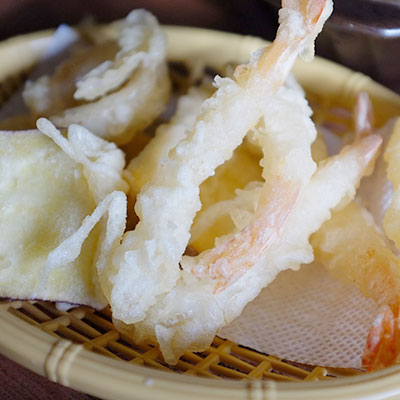
Tempura
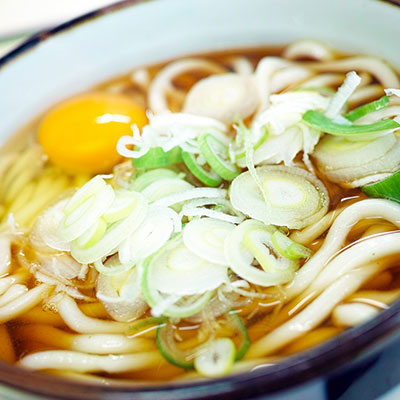
Udon
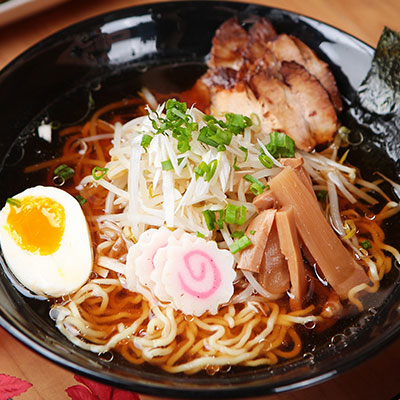
Ramen
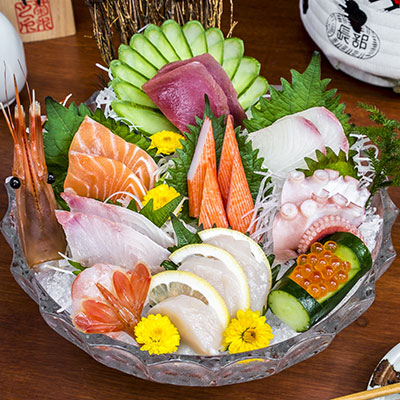
Sashimi
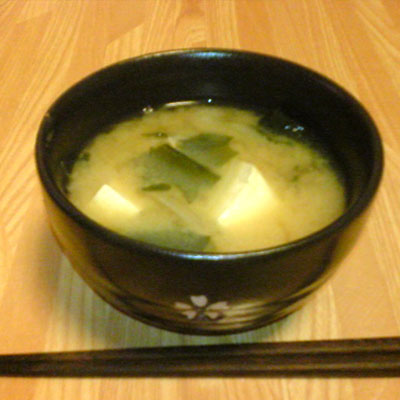
Miso Soup
With its rich history, Japanese cuisine has been refined over centuries to create elegant and exquisite flavours and textures. Celebrating seasonal produce, traditional Japanese dishes focus on food eaten as fresh as possible, as this is considered the ultimate way to eat. Fresh fish are eaten raw or lightly pickled, while produce is often only lightly cooked. While Australians have four annual seasons, Japanese chefs consider dozens of different seasons and carefully select ingredients that are in their prime and best represent that specific period. This is a defining hallmark of Japanese food. Japanese chefs also rarely mix different food types, with sauces and condiments normally served in separate dishes. Meals are mainly based on rice served with miso soup and other small dishes, like seafood, fish and vegetables. Seafood and vegetables can also be deep-fried in a light batter – this is called tempura. Other Japanese staples include noodles, such as soba and udon. In the past, Japanese people did not eat meat, but with the modernisation of Japan, meat-based dishes are now easy to find. In recent times, Japanese food has also been influenced by foreign food like Chinese ramen and fried dumplings, as well as foods like spaghetti, curry and hamburgers. As well as exquisite flavour, Japanese food is presented in a visually beautiful way, as this is an essential element to Japanese cuisine.
Given the current situation, store trading hours will vary. Please check with your favourite store directly to see when they are open.